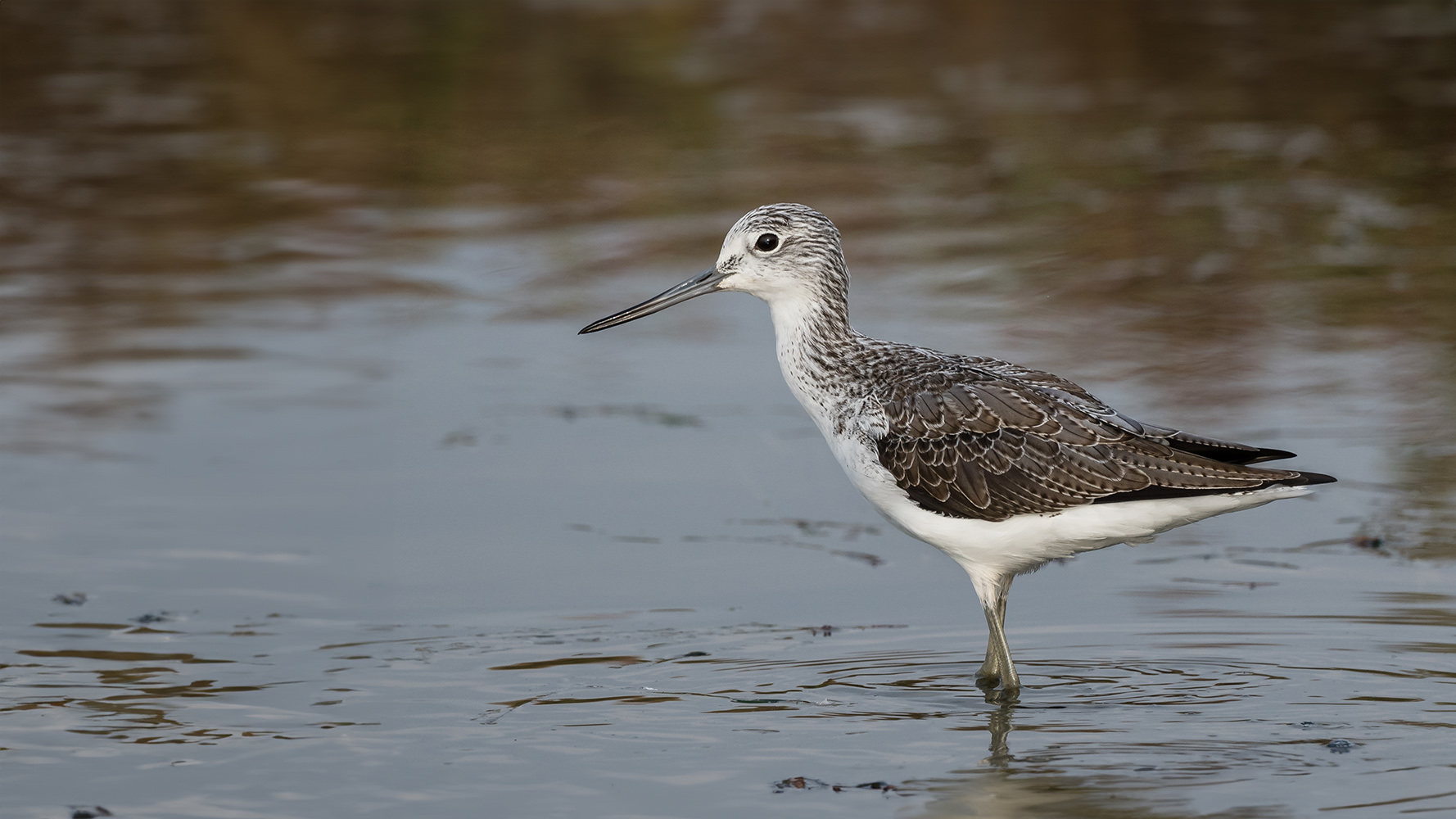
BirdTrack migration blog (18–24 August)
With relatively settled conditions for many parts of the country last week, the focus for many birdwatchers remained on the sea off the south-west coast.
Cory’s Shearwaters continued to be seen in good numbers throughout the week and last week’s star find, the Red-footed Booby, delighted those that made the journey to see it after it was found hanging around Bishop Rock Lighthouse near the Isles of Scilly. A supporting cast of Great Shearwaters, numerous Wilson’s Storm Petrels and the occasional Fea’s-type Petrels (birds thought to be Fea’s Petrels but which could not be identified definitively) all made for a heady mix of highly desired seabirds.
A scattering of other seabirds away from the south coast proved you didn’t have to travel all the way to the Isles of Scilly or Cornwall for excellent seawatching. The headline bird was a Brown Booby seen on Thursday off the Lothian coast in Scotland, meaning two species of booby were in British waters on the same date.
Small numbers of Sooty Shearwaters, Manx Shearwaters and the occasional Sabine’s Gull were seen at locations all around Britain and Ireland and a few Cory’s Shearwaters even made it as far north as Scotland.
Waders continued to arrive, with both Ringed Plover and Snipe reports starting to increase ahead of their peak presence in September, whilst passage of both Greenshank and Green Sandpiper continued in a similar vein as last week. Late August is the peak time for migrating Greenshank and Green Sandpipers, and over the next couple of weeks numbers will fall away with only a scattering of birds remaining throughout the winter.
Other waders on the move during last week included Knot, Redshank, and Turnstone, with some of the latter being seen at inland sites away from their more typical coastal locations.
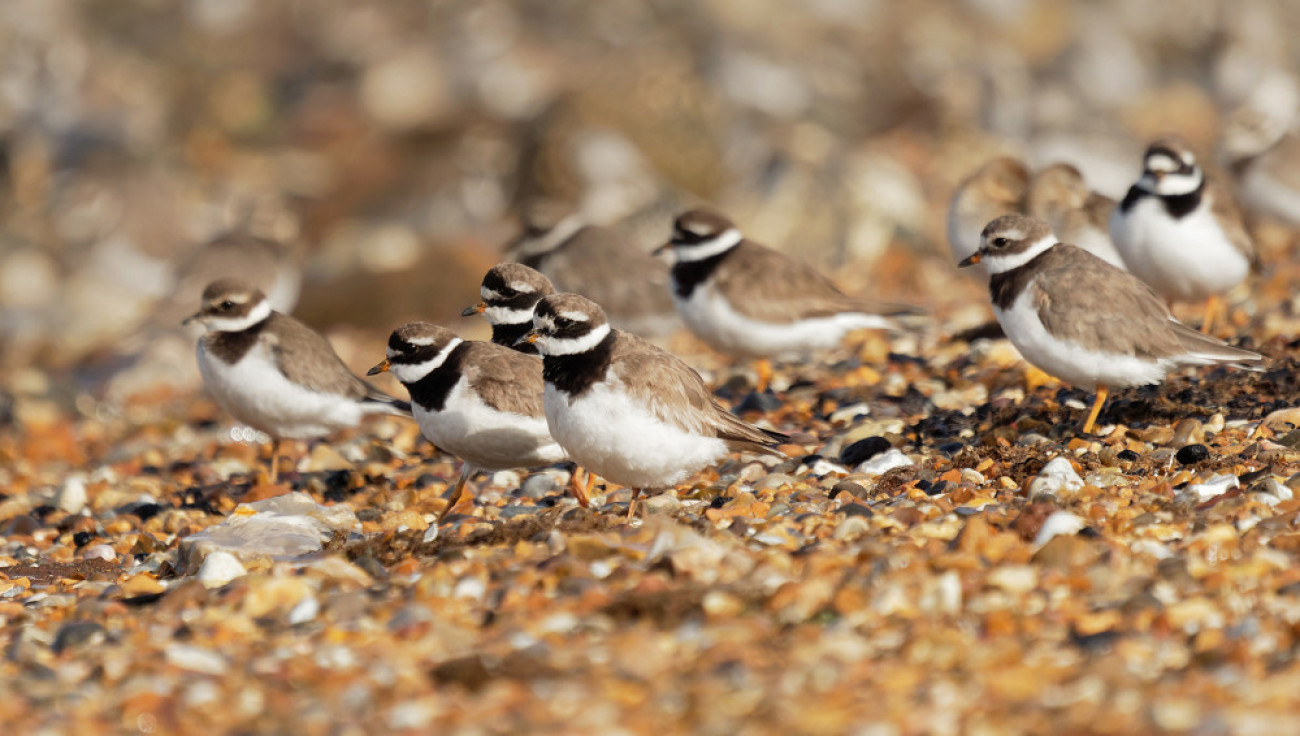
While we are now at the peak of Willow Warbler passage, we are only just reaching the start of Chiffchaff autumn passage. The difference in these species’ autumn migration is clearly reflected in the BirdTrack reporting rate, and, as expected, reports of Chiffchaff have increased throughout the week, especially after Wednesday when a switch to easterly winds produced small flocks at coastal locations.
These same conditions saw the first arrival of Pied Flycatchers along eastern coasts, and these birds were joined by increasing numbers of Tree Pipits and Whinchats – a count of over 300 Tree Pipits flying over a location in Fife in just two hours on Monday morning was particularly impressive.
As for Chiffchaff, Wheatear migration peaks later in the year, in mid September, and during the last few days reports from across Britain and Ireland started to increase as juvenile birds and autumn-plumaged adults began their migration southward.
Looking ahead
Tonight, an area of low pressure will bring strong winds and rain to much of the south-west, with some moderate easterly winds blowing across the remainder of the country. As this rain pushes east and north into the night, it has the potential to produce a good arrival of passerine migrants along the east coast. Species to look out for include Spotted and Pied Flycatcher, Whinchat, Wheatear, Redstart, and Tree Pipit. This time of year should also provide the occasional scarcity such as Icterine Warbler, Wryneck, and Red-backed Shrike, and with luck, some of these will make it further inland.
As we progress through the week, south-westerlies are due to take hold over much of the country. This weather won’t be conducive to big ‘falls’ of migrant birds – when birds are disorientated by strong winds, mist or drizzle, and are grounded in large numbers, often on promontories and headlands. However, things will be on the move in the early part of next week when the wind speed is forecast to drop. Any wet areas with muddy edges will be worth checking for waders such as Greenshank, Green Sandpiper, Little Stint and Ruff. Curlew Sandpipers will also start arriving in the next couple of weeks in greater numbers, so any flocks of smaller waders will be worth checking – not only for Curlew Sandpiper, but also for scarcer species such as Pectoral Sandpiper, or maybe something even rarer like Stilt Sandpiper!
At this time of year, tern flocks are often made up of a mix of species. Alongside the more regular species like Sandwich and Common Tern, scarcer species like Roseate, Black, or even White-winged Black Tern can sometimes be found. These same flocks can also harbour a few Little Gulls.
Any flocks of terns migrating out at sea can attract the attention of Arctic Skuas; these piratical birds sit on the sea to wait for passing gulls or terns that are carrying food, and chase them to steal their latest catch. This behaviour is called kleptoparasitism – a feeding strategy involving stealing from others. Many species opportunistically steal food, such as gulls, corvids and scavenging raptors, but some ornithologists consider skuas to be ‘obligate’ kleptoparasites, because they rely so heavily on stealing from other birds to source food.
As well as Arctic Skuas, the delicate Long-tailed Skua will also be a possibility in the coming week, especially during the next couple of days when easterly winds could push them closer to our shores.
Send us your records with BirdTrack
Help us track migration amidst an outbreak of avian influenza.
Submitting your sightings to BirdTrack is quick and easy, and gives us vital information about our breeding and migrating birds.
Find out more



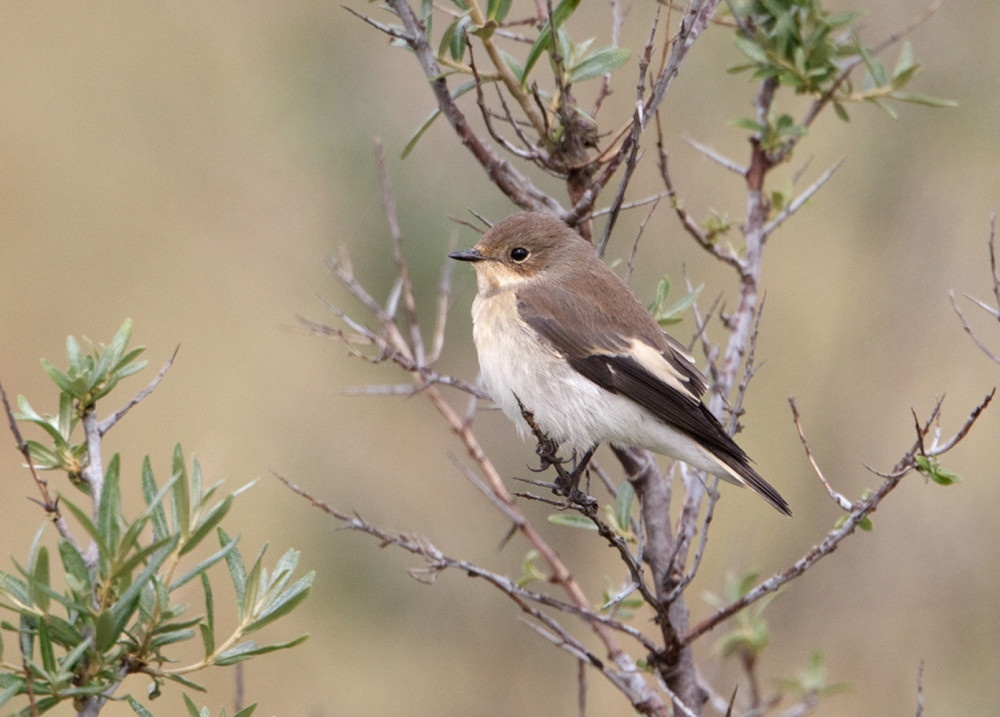
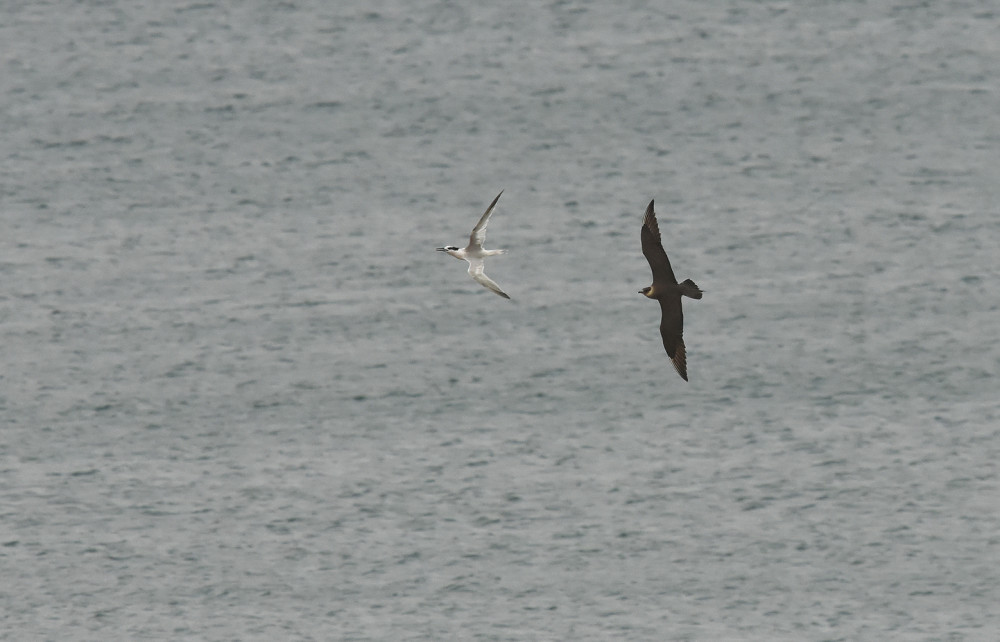

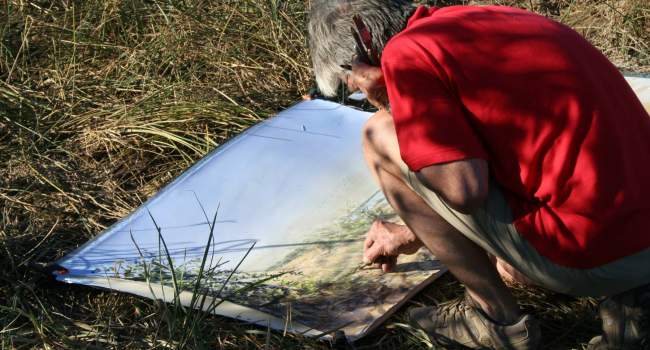


Share this page